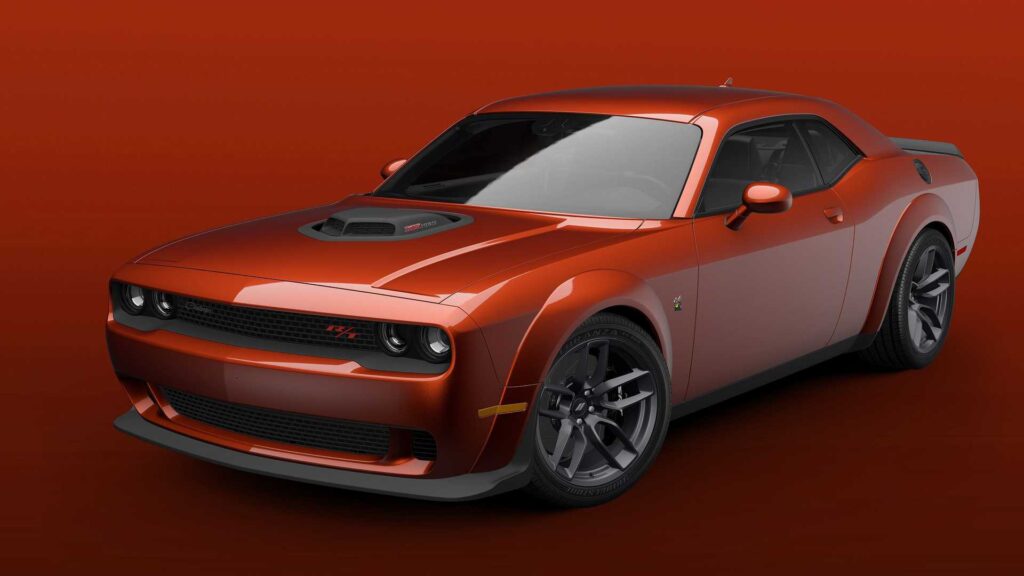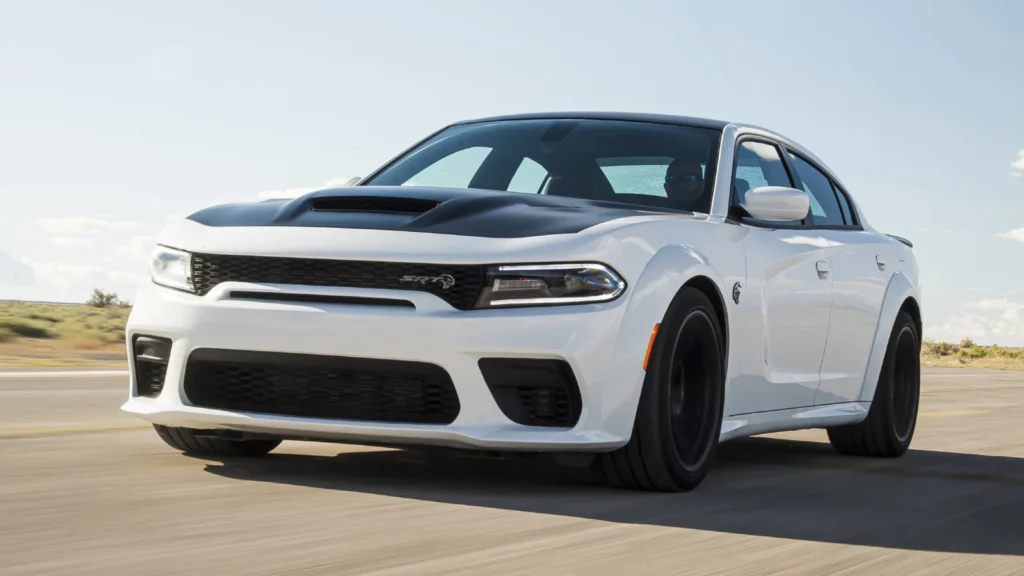When you think of muscle cars, what comes to mind? Maybe it’s a 1970 Dodge Charger roaring down the highway, leaving tire smoke and shattered speed limits behind. Or perhaps it’s the growl of a V8 engine so loud it wakes up the neighbors two blocks away. One thing’s for sure—fuel efficiency isn’t what you’re picturing. After all, muscle cars and fuel efficiency go together like oil and water, right? Well, not anymore.
Table of Contents
Muscle Cars: From Gas Guzzlers to Gas Sippers
Muscle cars are all about one thing, and that’s power. Fuel economy? Never heard of it. These American-made beasts were designed to guzzle gas like it was going out of style. But fast forward to today, and things have changed. Now, it’s not just about how fast you can go but how far you can go before you need to refuel. It’s like having your cake and eating it, too—except your cake is a Mustang with 450 horsepower under the hood.

Turbocharging: Who Needs Sleep Anyway?
How are automakers making muscle cars fuel-efficient? One word: turbocharging. By adding a turbocharger to a smaller engine, you can get the same power with less fuel. It’s like eating diet pizza that still tastes amazing. Take the Ford Mustang EcoBoost, for example. Its 2.3-liter turbocharged engine cranks out 310 horsepower while sipping fuel at 25 mpg combined. That’s right, you can have your turbocharged thrill and still have gas money left for a burger.
Cylinder Deactivation: Sometimes You Just Need a Nap
Another trick automakers use is cylinder deactivation. This fancy term means the engine takes a nap when you don’t need all that power. Imagine cruising down the highway, and your muscle car decides, “Hey, I don’t need all eight cylinders right now. I’ll just use four and save some gas.” The Chevrolet Camaro SS does this, allowing its 6.2-liter V8 to drop down to four cylinders when cruising, boosting its fuel efficiency to around 20 mpg combined. Who knew your V8 could be so chill?
Lightweight Materials: When Diets Actually Work
Weight is the enemy of fuel efficiency, so what do you do? You put your muscle car on a diet using lightweight materials like aluminum and carbon fiber. The Dodge Challenger R/T Scat Pack balances its brawn with a bit of brains, getting 18 mpg combined from its 6.4-liter HEMI V8. Sure, it’s not sipping fuel like a hybrid, but for a car that can demolish a quarter mile in under 12 seconds, it’s a decent trade-off.

Hybrid Muscle Cars: Sacrilege or the Future?
Now, I know what you’re thinking—hybrid muscle cars? Isn’t that like putting pineapple on pizza? But hold your judgment. Hybrid technology in muscle cars isn’t just some wild idea from a sci-fi movie. It’s already happening. Imagine a muscle car that can burn rubber on the drag strip and then casually sip fuel on the way home. The Dodge Charger SRT Hellcat Redeye, for instance, might be heading toward a future where hybrid powertrains keep the Hellcat legacy alive while improving fuel efficiency. It’s like finding out that your favorite dessert just got healthier—without losing any flavor.

Muscle Cars That Won’t Break the Bank—or the Planet
Fuel efficiency in muscle cars used to be a joke. However, things have changed now. Thanks to technologies like turbocharging, cylinder deactivation, lightweight materials, and the impending hybrid revolution, today’s muscle cars prove you really can have it all—heart-pounding performance and better fuel economy.
It’s like finding out you can eat a whole pizza and not gain weight (still waiting on that miracle, by the way).me at the gas station than on the road, fear not. The future is bright, fast, and slightly more eco-friendly. And who knows? Maybe one day, we’ll talk about electric muscle cars that can outrun anything on the road. But until then, enjoy your turbocharged, fuel-efficient beast, and don’t forget to save some gas for the ride home.
Also Read: 13 Legendary Cars That Are Actually Terrible To Drive
FAQs
Can muscle cars be fuel-efficient?
Yes! Modern muscle cars use technologies like turbocharging, cylinder deactivation, and lightweight materials to balance power and fuel efficiency. Models like the Ford Mustang EcoBoost and Chevrolet Camaro SS offer strong performance with improved gas mileage.
Q2: What is turbocharging, and how does it help with fuel efficiency?
A2: Turbocharging forces more air into the engine, allowing it to generate more power with less fuel. This means a smaller engine can perform like a larger one, boosting both power and fuel efficiency. The Ford Mustang EcoBoost, for example, uses this technology to achieve 310 horsepower and 25 mpg combined.
Q3: How does cylinder deactivation improve fuel economy?
A3: Cylinder deactivation allows the engine to shut down some cylinders when full power isn’t needed, reducing fuel consumption. The Chevrolet Camaro SS, for instance, can deactivate half its V8 engine’s cylinders during cruising to save gas while still delivering performance when required.
